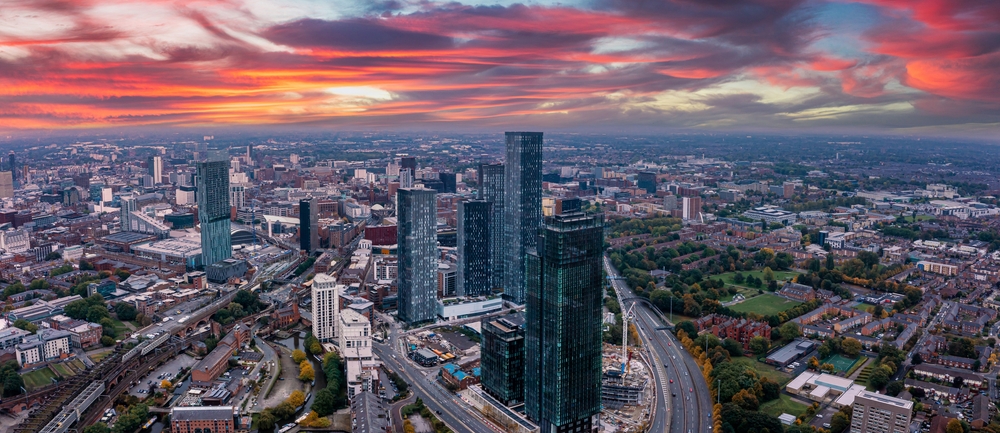According to recent reports, Costa Rica is now operating completely on renewable energy. The country that has developed a reputation around the world for its commitment to sustainability has been able to leverage record amounts of rainfall in its hydropower plants to generate almost enough electricity to power the country without the need to burn fossil fuels. Add in the benefits offered by wind, solar, and geothermal energy sources, and there is no need for Costa Rica to use petroleum or coal to keep the country running.
How Costa Rica Is Meeting Its Green Energy Goals
Home to a population of less than five million people, Costa Rica’s small size is certainly an advantage. While, the country also does not have a strong manufacturing industry to draw down its energy resources, it does possess a variety of topographical features, such as volcanoes that provide ample sources of renewable energy.
Costa Rica is not the only country to set and reach a goal of being able to operate almost solely on renewable energy. A Dutch island territory situation just off the coast of Venezuela is also operating almost solely on renewable energy thanks to abundant sources of algae. Renewable energy sources are also providing almost all of Iceland’s electricity, while Bulgaria, Sweden, and Estonia have already attained their 2020 renewable energy goals.
Looking Toward the Future
While countries around the world, including Costa Rica, have set goals of eliminating fossil fuels entirely by 2050, challenges still remain. Among those challenges is the fact that fossil fuels must be maintained as a backup plan in the event there should be a lack of sufficient sunshine or wind. For instance, while abundant rainfall has made it possible for Costa Rica to operate almost entirely on green power this year, a drought there could seriously impact the country’s sustainable energy goals. In order to combat such challenges, the Costa Rican government has already approved a $958 million project dedicated to geothermal energy. Although the project is primarily funded by investments from Europe and Japan, Costa Rica has been able to dedicate significant resources to renewable energy since they have virtually no defense spending needs, having eliminated their military in 1948.








